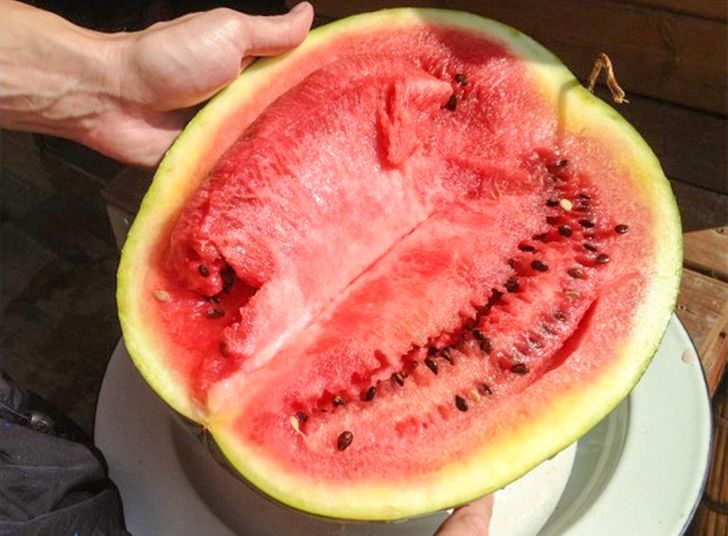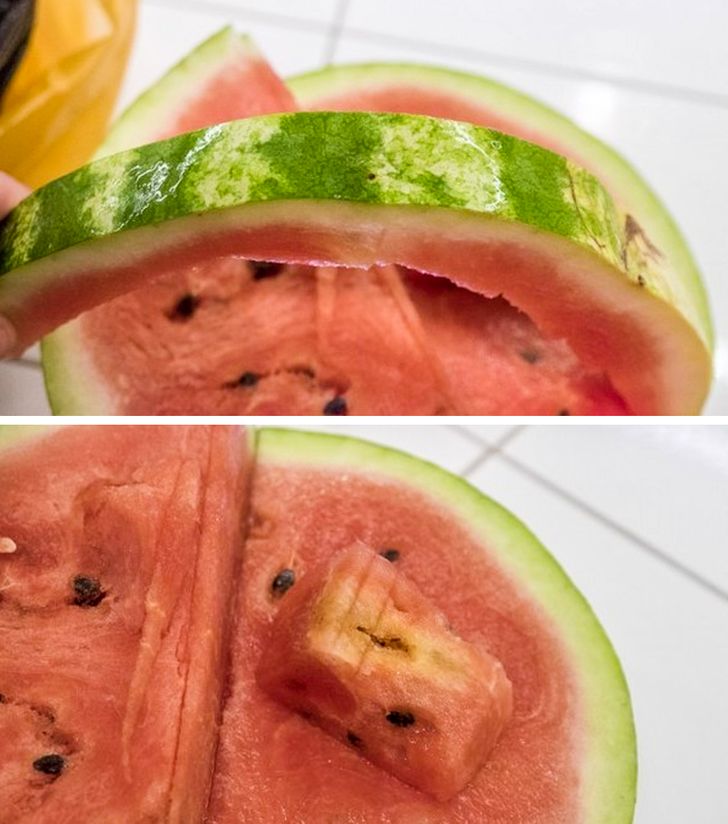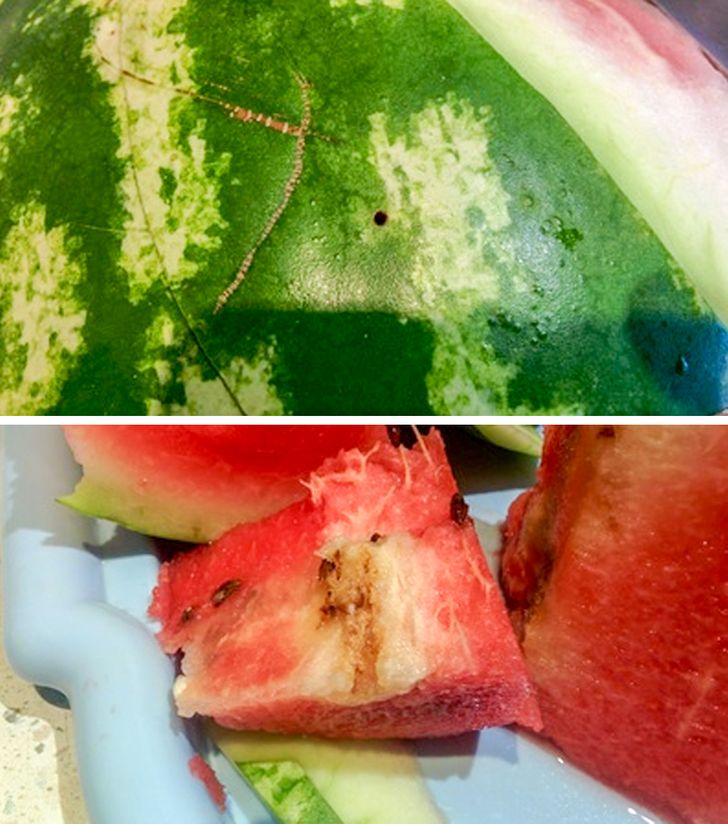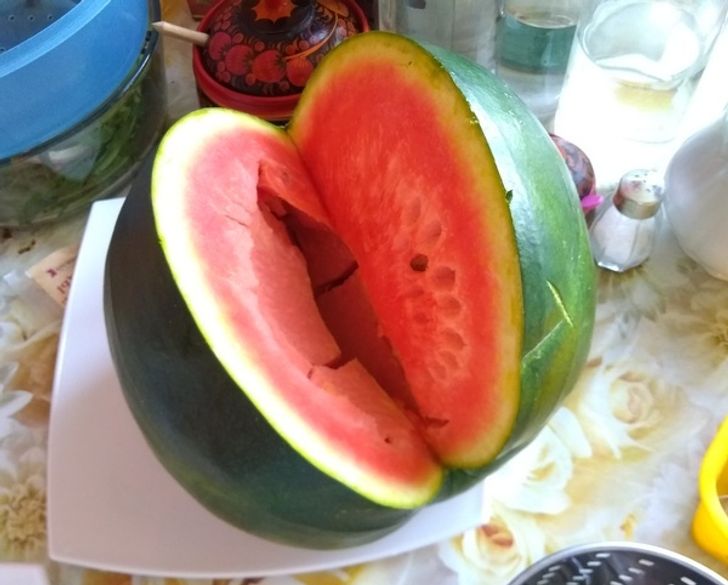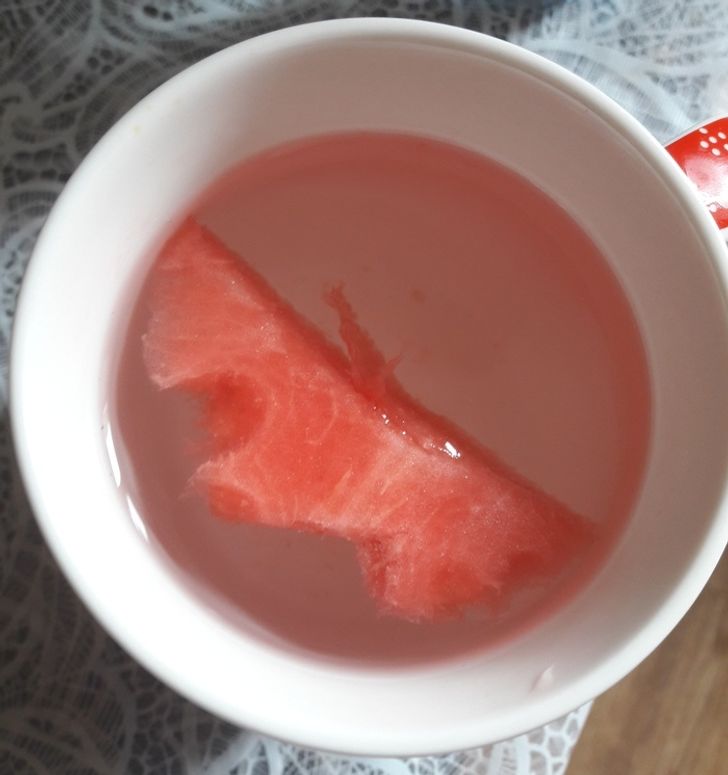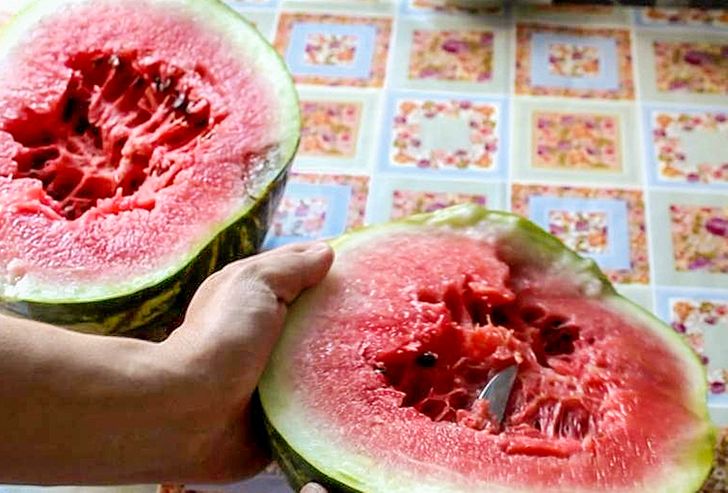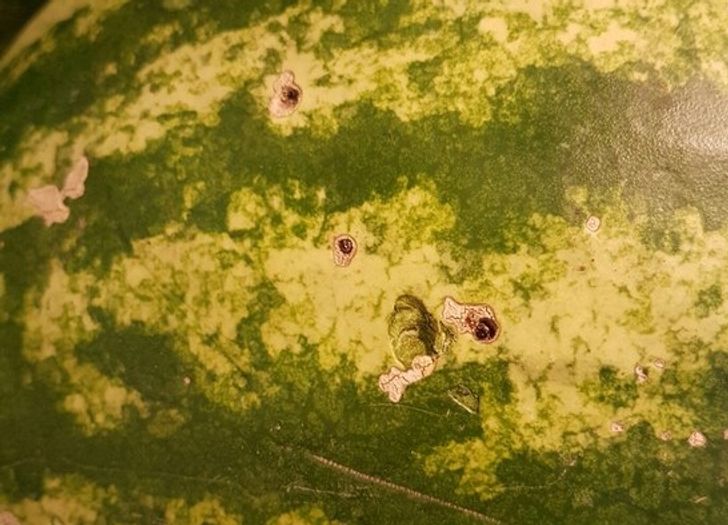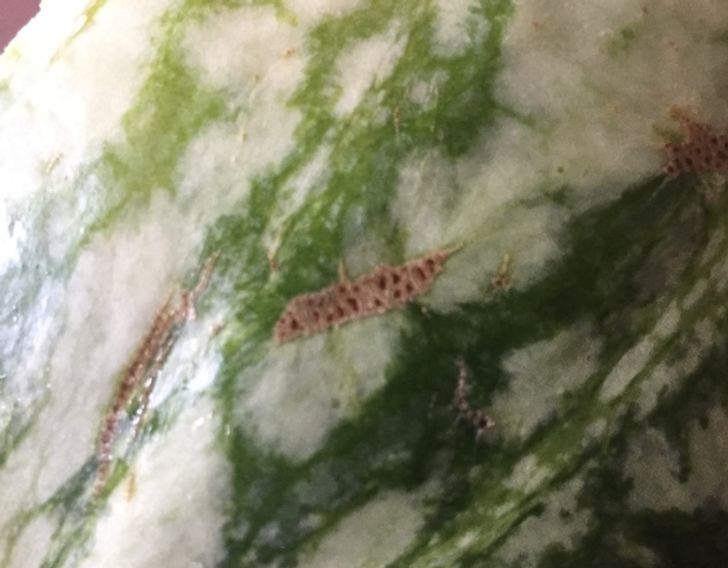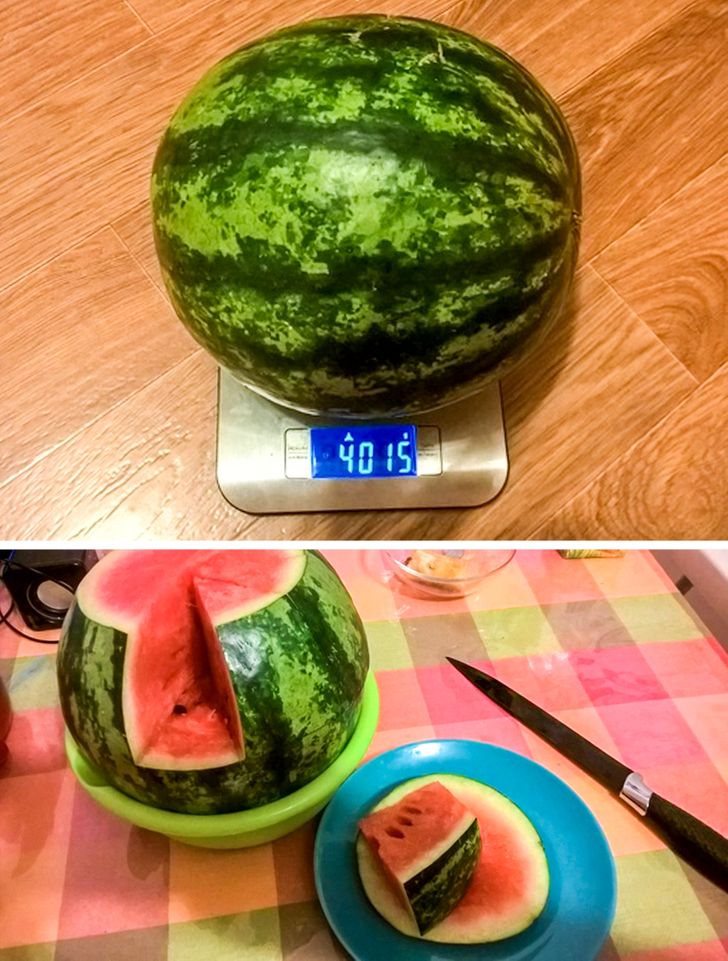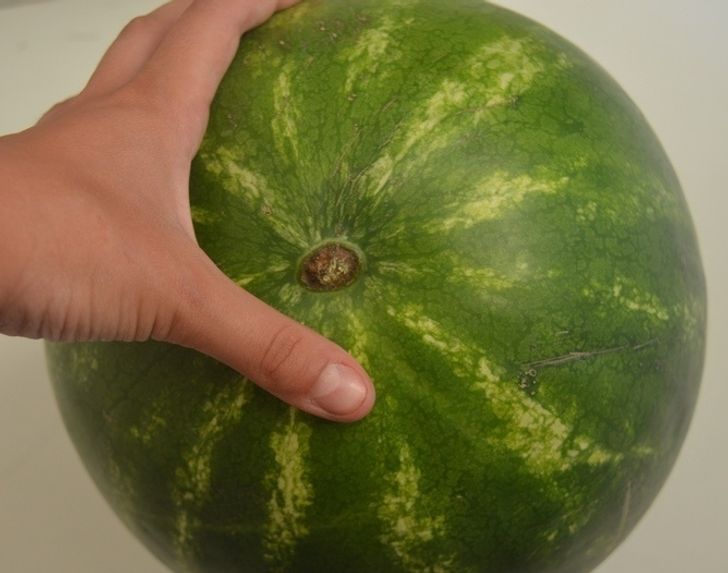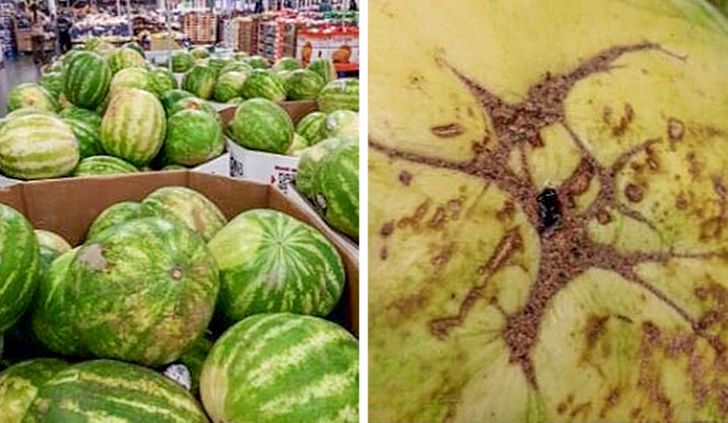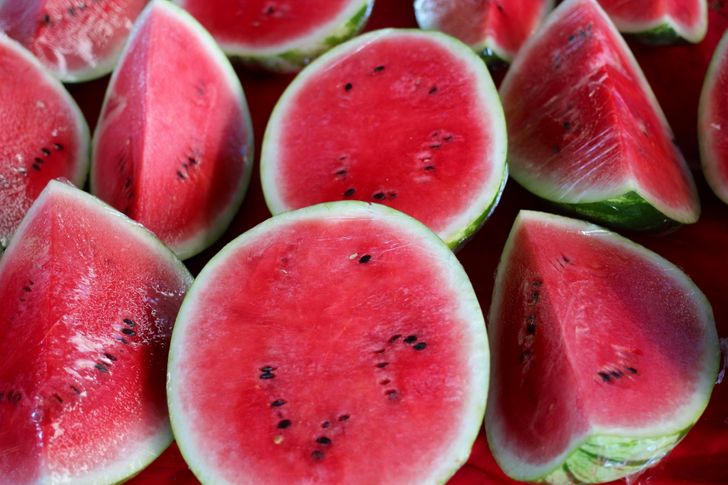What is your evidence that nitrates are dangerous?
5 Signs of a Nitrate Watermelon That Can Help You Avoid Poisoning
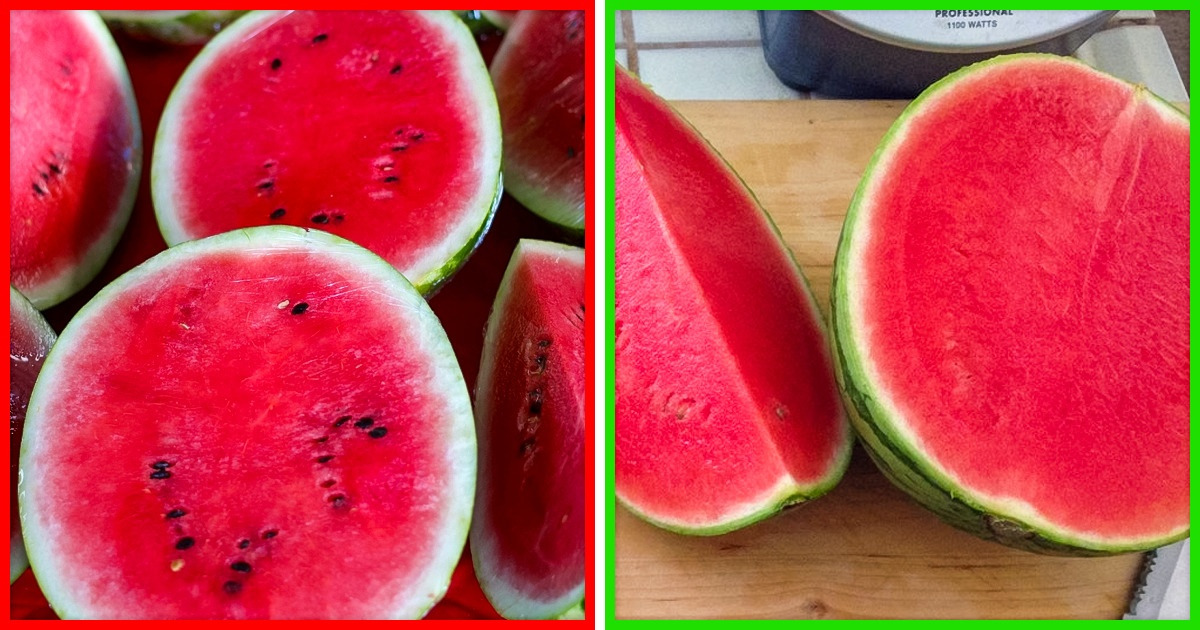
August and September are always associated with watermelons. And there are several tricks that will help you choose ripe, sweet, and naturally grown watermelon. For example, measuring the size of a watermelon with the help of a tape can help you make the right choice. Additionally, putting a piece of a watermelon’s pulp into clean, room temperature water before serving it will help avoid unnecessary troubles.
We at Bright Side like sweet watermelon a lot. That’s why we collected useful recommendations from internet users on how to avoid mistakes when buying this yummy fruit. At the end of the article, there is a bonus that will tell you how to choose a truly tasty and ripe watermelon.
1. A yellow rind is a sign of a high concentration of nitrates.
Nitrogen is an important element for the growth and development of plants. However, watermelon growers tend to exceed the acceptable norms because this trick helps them to get the plant to weigh up to 25 pounds within just 3 weeks. A buyer can get poisoned after consuming this type of watermelon. That’s why when cutting the fruit, pay attention to the color of its rind — it shouldn’t be yellow, while its flesh shouldn’t contain white stripes.
2. Check to see if the watermelon has holes.
Some people believe that holes in watermelons are traces from insects and not nitrate needles, but still try to stay away from fruit with holes. Even if it’s good inside, a part of its flesh will be spoiled because of the hole.
3. Don’t eat a watermelon with a big, hollow center.
Fractures in the pulp indicate that the fruit is over-ripe or contains growth hormones. An over-ripe watermelon can be a little bitter, while a watermelon with growth hormones can cause poisoning. That’s why it’s better to not eat it if you see the fruit in this condition.
4. Put a piece of the pulp into the water before eating a watermelon.
You can check the concentration of nitrates in a watermelon and avoid poisoning by placing a little piece of its pulp into clean water at room temperature. If the fruit is dangerous, the water will take on a bright pink color and you’re better off throwing the melon away.
5. A watermelon shouldn’t be light when you lift it.
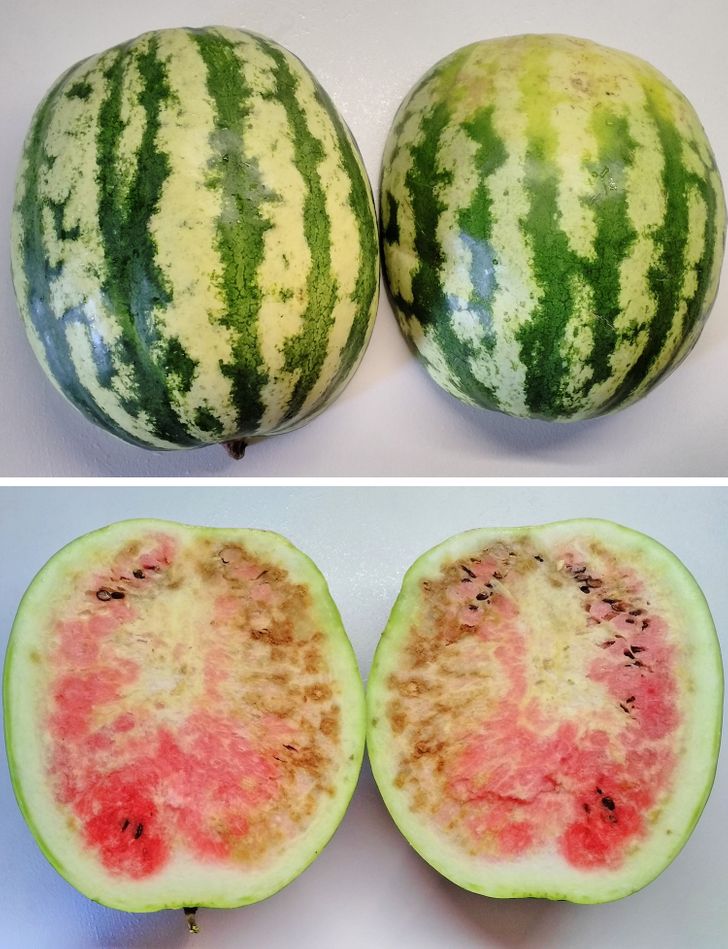
Sometimes even a beautiful and smooth rind, a yellow hue, and a dry tail can’t guarantee that this watermelon is tasty. Remember to always weight it before purchasing — it should be dense and heavy. If there are no scales in the store, listen to your instincts. A ripe fruit should be quite heavy when you lift it.
Bonus: How to choose a tasty watermelon
1. Choose a watermelon without dents.
A ripe and sweet watermelon should be shiny, smooth, and free of visible damage. Small dents can be the result of a hit. The process of spoiling happens faster in these places and there is a high chance you’ll end up throwing the whole watermelon into the trash.
2. You shouldn’t be afraid of small and shallow holes on the rind.
As we mentioned before, many internet users say that these holes are the traces of watermelon growers’ needles that they use to inject watermelons with nitrates. But, if the holes don’t go all the way through the rind, you shouldn’t be afraid of them because these are the traces left by the larva of wireworms and they affect neither the quality nor the taste of the fruit.
3. When choosing a watermelon, search for small beige traces on the rind.
These beige ’scars’ on the smooth rind of a watermelon are the places where bees ’tasted’ the pulp. Internet users checked and decided that these watermelons are usually very sweet.
4. A ripe watermelon that weighs 9 lbs (4kg) must have a circumference of 25 in or more.
According to a 1986 publication in the old Soviet magazine Young Technician, a ripe watermelon weighing 9 pounds must have the circumference of 25 inches and more. Internet users checked this information and it turned out to be true — these watermelons are ripe and sweet.
5. A watermelon’s tail and the area of its fixation to the stem should be dry.
Watermelons that have green and fresh tails are not ripe. Choose watermelons that have a dry tail. If the fruit doesn’t have a tail, then pay attention to the area of its fixation to the stem — it should be brown.
6. Opt for a watermelon with the brightest yellow spot on the rind.
A yellow splotch on the rind is the side on which the watermelon was lying on the ground. The longer it was ripening, the sweeter it will be. Ripe melons always have creamy-yellowish or even orange-yellowish spots.
7. Try not to buy watermelons cut in advance.
Buy only whole watermelons because when cutting it with a knife, the microorganisms from the blade get onto the fruit. They quickly reproduce in this sweet and warm environment, especially under the clinging film and these can cause intestinal diseases.
What tricks do you use when you are choosing a watermelon? Please tell us about them in the comments!
Comments
Related Reads
15 Photos That Prove Having a Sibling Is a Game Without Rules

My Family Chose My Brother Over My Wedding, So I Cut Them Off

10 Stepfathers Reveal the Secret Struggles of Fatherhood

10 Real-Life Stories That Ended Like a Strange Movie Plot

15 True Stories With Mind-Blowing Endings That Could Rival Hollywood

A Server Humiliated My Wife During Our Family Lunch—I Made Sure Everyone Knew

I Reported My Boss—HR Ignored Me Until I Did One Simple Thing

19 Teachers Whose Kindness and Patience Deserve a Standing Ovation

18 Stories That Prove a Cleaner’s Job Is About More Than Just Dusting

I Canceled Paying for My Grandson’s Life Costs, and He Turned My Kindness Into a Price

10 Moments When Quiet Kindness Turned Strangers Into Heroes

I Refuse to Let My Sister Hijack My Pregnancy Announcement

